Oak Ridger's inventions deployed worldwide
Carolyn Krause looks at some inventions coming from Oak Ridge and describes the worldwide implications of those inventions.
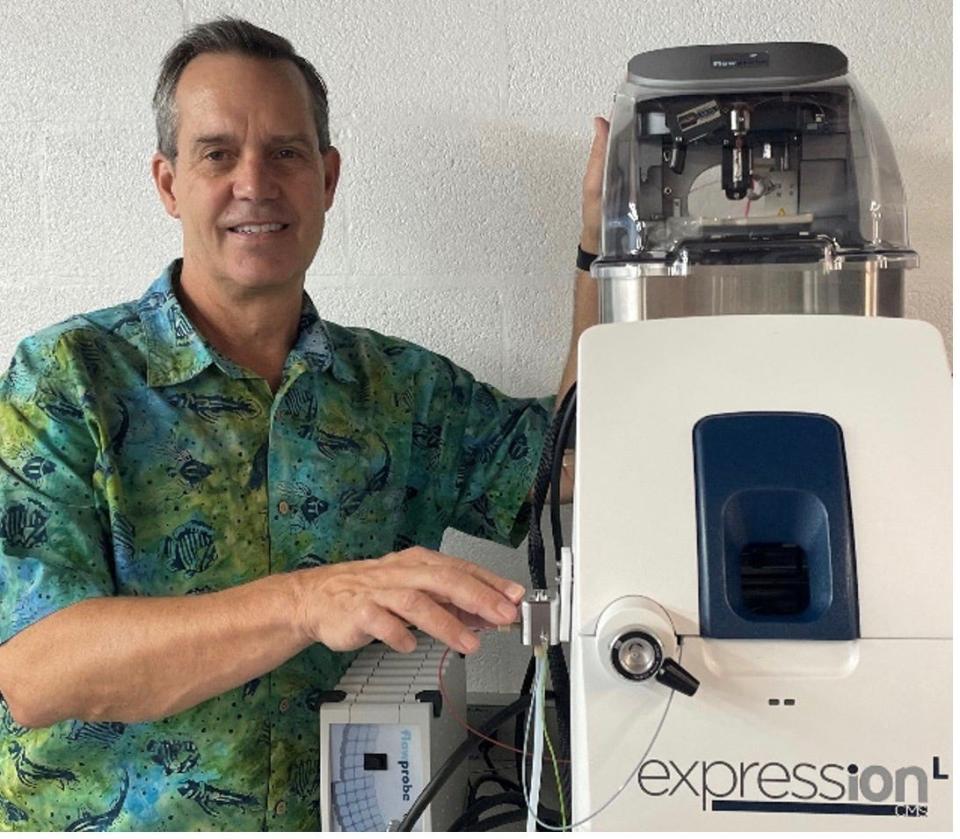
I often give my business card to folks with the link to several documentary films about Oak Ridge history included. Almost always when away from Oak Ridge the mere mention of Oak Ridge is recognized, but rarely do they know much about us other than the Manhattan Project and the atomic bomb. I am delighted when I get the opportunity to tell them about nuclear medicine, nuclear energy, centrifuge technology, the moon box, touch-screen technology (on their smartphones), and other such major inventions coming from Oak Ridge.
Enjoy Carolyn’s research into one inventor’s impact worldwide.
***
In April 1992, Gary Van Berkel, an analytical chemist in the mass spectrometry group at Oak Ridge National Laboratory since 1987, was disappointed to learn that the Department of Energy’s Oak Ridge Patent Group declined to apply for a patent based on his first-ever invention disclosure, “electrochemically assisted electrospray ionization.”
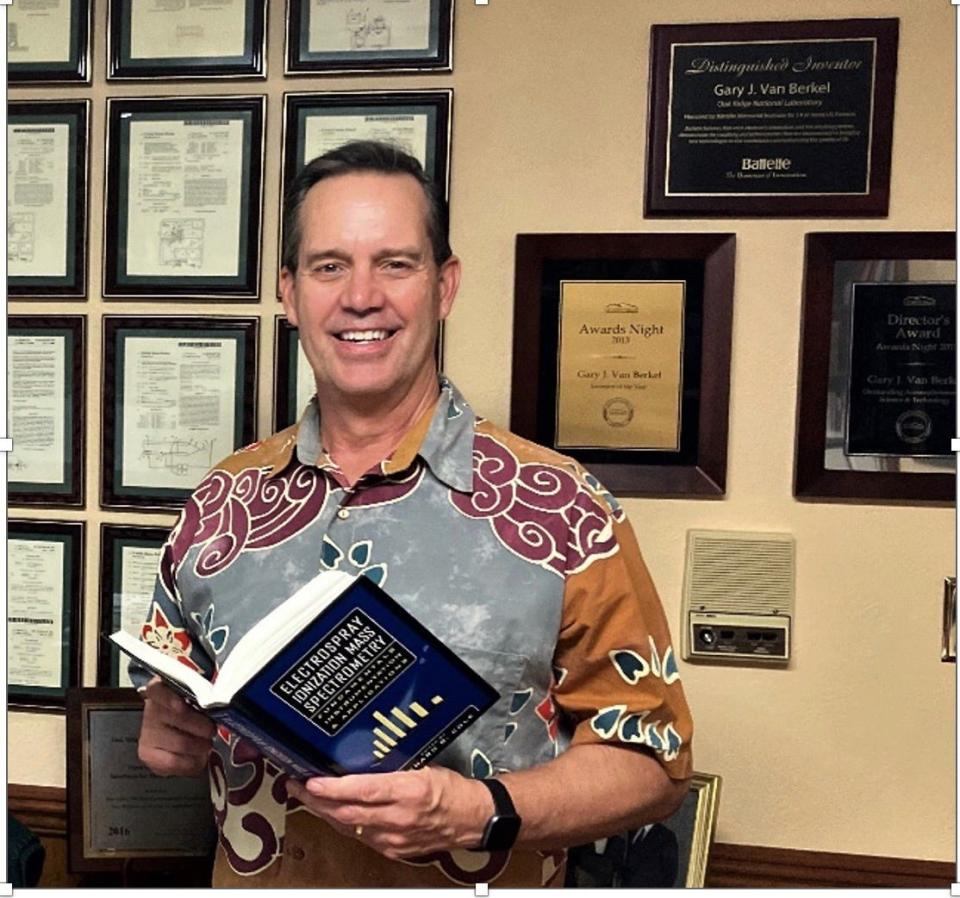
The letter to the ORNL managing contractor, Martin Marietta Energy Systems, stated: “DOE patent action not warranted due to insufficient limited use as an analytical tool and limited novelty.”
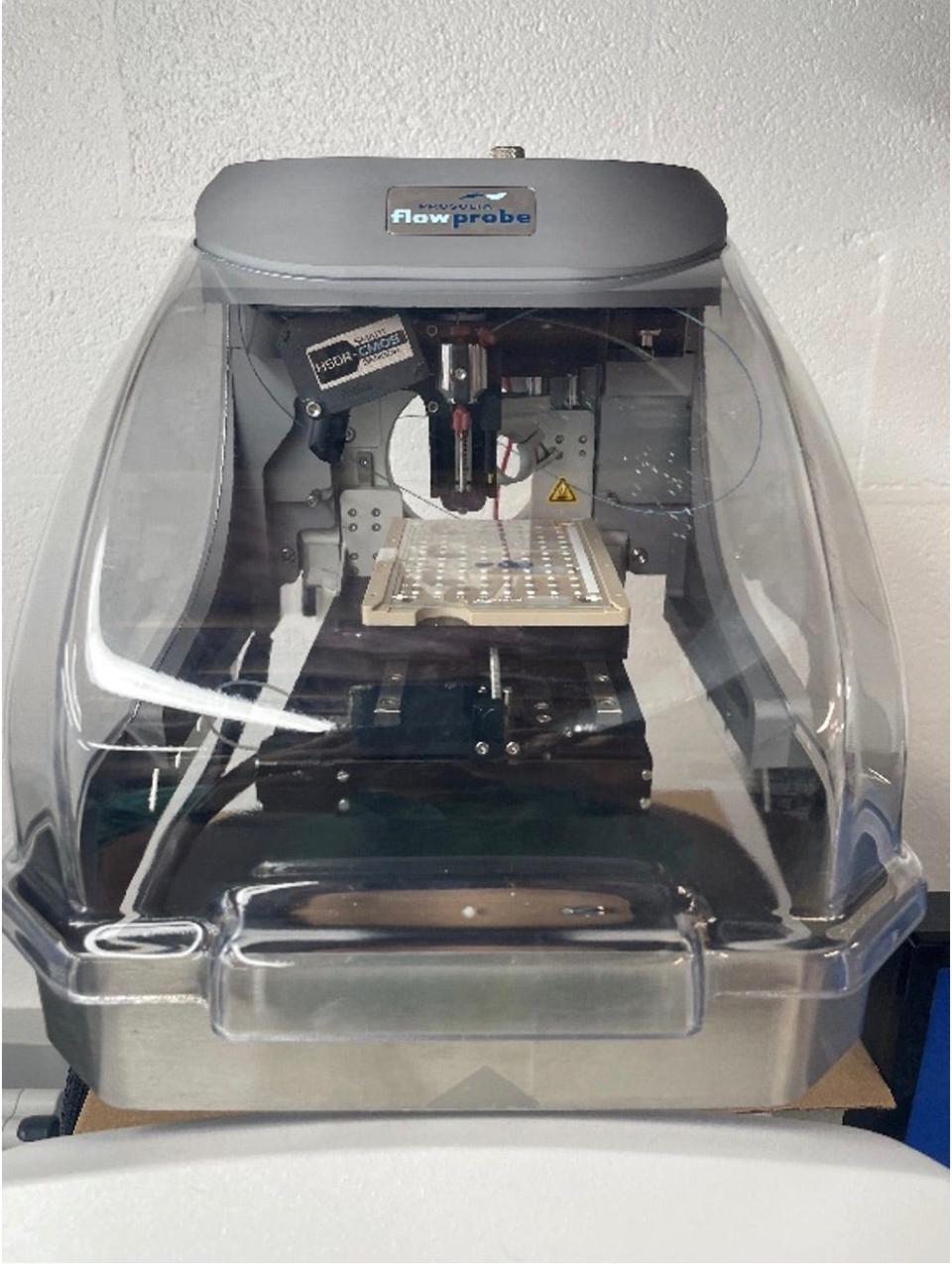
“I knew this electrochemical-mass spectrometry combination was unique and had commercial analytical utility,” Van Berkel said. “But at that point in my career, I was not yet savvy at invention disclosure crafting or at navigating the DOE labyrinth.”
Thirteen years later, Van Berkel received the Biemann Medal from the American Society for Mass Spectrometry in recognition of a significant achievement in mass spectrometry. His achievements that were honored, he told Friends of ORNL in its recent monthly lecture, were “coupling electrospray ionization (ESI) with mass spectrometers and explaining the fundamental electrochemistry aspects of ESI.”
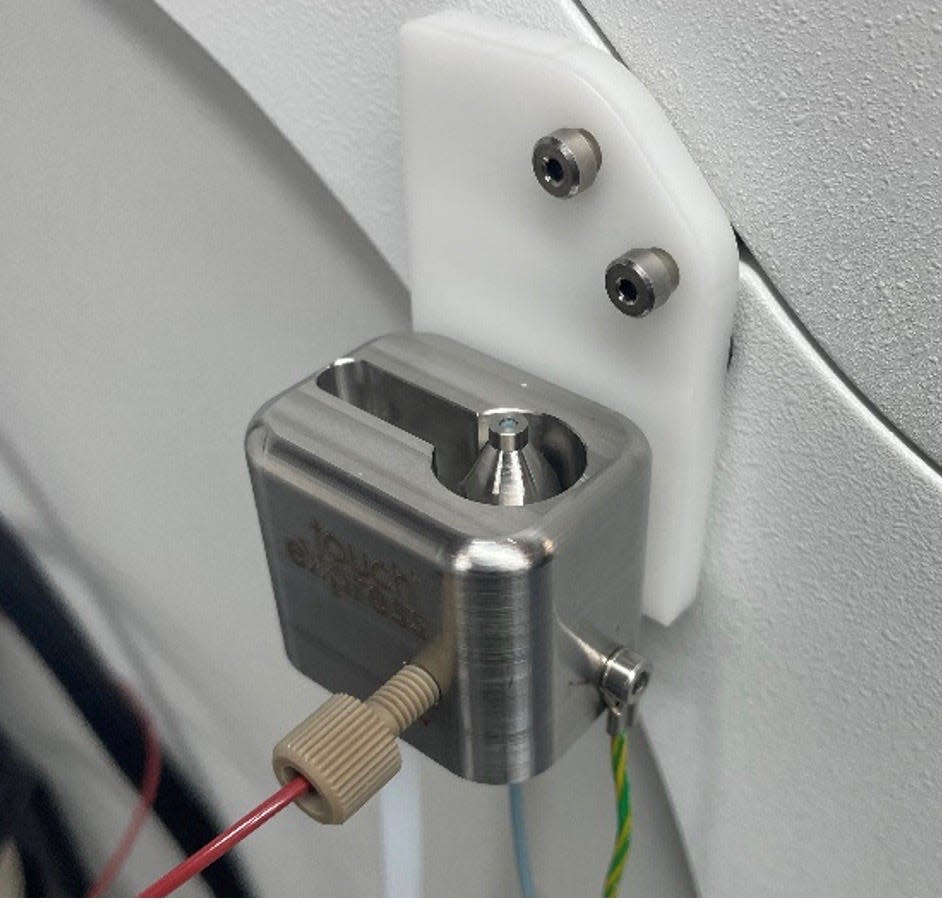
He eventually received several patents in electrochemistry combined with mass spectrometry, and a small portfolio of them was licensed for a time and a few commercial systems based on his inventions were deployed.
What’s more, within the 30 years since the disappointing letter, Van Berkel, chief scientific officer of his company Van Berkel Ventures LLC, in Oak Ridge, has been awarded 35 patents, and his mass spectrometry-related innovations have been licensed to multiple instrument manufacturers.
“When attempting to patent your invention and build an intellectual property portfolio, persevere,” Van Berkel told his FORNL audience. “Go for lots of singles, not just a home run.”
Most of his inventions currently licensed and the resulting commercial products are used for introducing samples of organic and biological molecules as intact electrically-charged species into the gas phase for analysis by mass spectrometers in numerous fields of application.
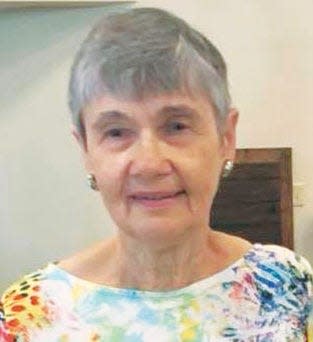
Uses for his inventions
These uses include determining the gender of chicken eggs in Europe before they hatch, saving energy and money and meeting new ethical standards; detecting in urine the synthetic opioid drug fentanyl causing many drug overdose deaths; identifying and analyzing proteins and metabolites (products of cell metabolism) extracted from surfaces of living skin cells, tissues, and organisms, as well as screening foods for pesticides.
Major pharmaceutical companies, or Big Pharma, use commercial products that incorporate Van Berkel’s inventions with their mass spectrometers for therapeutic drug discovery and development. In fact, Van Berkel said, in the 2000s Big Pharma (Abbott, AstraZeneca, GlaxoSmithKline, Merck and Novartis) helped supplement DOE funding of ORNL’s mass spectrometry program through its Office of Basic Energy Sciences by providing equipment and giving the researchers problems the pharmaceutical companies needed to be solved.
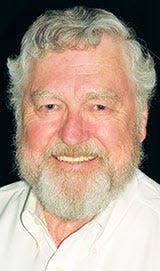
Electrospray ionization, first developed at Yale University by John Fenn, received a Nobel Prize in chemistry in 2002. Early in his career at ORNL, Van Berkel focused on novel methods to “get the sample into an ion source and ionize it” so that former ORNL researchers such as Gary Glish and Scott McLuckey could study the gas-phase chemistry of new types of ions, such as electrically-charged proteins, for the first time with mass spectrometry.
“Most of the research I did was on the front end of the mass spectrometer,” Van Berkel said. “One goal I achieved was to simplify the front end to make the ESI technique easier and faster for a non-expert to use, say, in a clinical setting. Simplifying the sample introduction into the instrument and making the mass spec system deployable would make it usable by non-experts in physicians’ offices or airports.”
Licensed intellectual property in Van Berkel’s Open Port Sampling Interface (OPSI) patent portfolio led to related, but application-unique products from the companies Prosolia (the flowprobe), Advion (the Touch Express OPSI) and Sciex (Echo-MS). These self-cleaning systems transport molecules in a liquid and turn them into ions via electrospray ionization.
ESI forces a dissolved sample through a capillary held at high voltage to impart charge on the liquid that is broken into a fine spray of droplets, creating electrically-charged molecules for analysis. These are injected into the vacuum system of the mass spectrometer where they are separated by electric or magnetic fields based largely on mass differences and then detected.
In a mass spectrometer a computer analyzes the charged molecule data and displays the results in a graph of peaks and valleys known as a mass spectrum. The mass spectrometer sorts molecules of different masses, a bit like you would do sorting pennies, nickels, dimes and quarters mixed together in a box and stacking the coins by size and value, resulting in side-by-side pillars of each coin type that have different heights.
Sciex, one of the companies that helped fund mass spectrometry research at ORNL through cooperative research and development agreements (CRADAs) for more than 20 years, developed a commercial system they call the Echo-MS. It employs an acoustic droplet ejector using sound waves to introduce every second one droplet (with a volume of 2.5 nanoliters) from individual sample wells into an OPSI for transport to a mass spectrometer.
Van Berkel also developed a liquid microjunction surface sampling probe as part of an ESI system. It can suck up proteins and metabolites in fluids for mass spectrometer analysis from live organisms, like a mouse, or from a tape that has just pulled a metabolite from the surface of a person’s finger. In one published paper, he and a colleague proved they could confirm that a person was a coffee drinker by sampling that person’s skin and determining with a mass spectrometer that a caffeine metabolite was present.
Mass spectrometers have been in Oak Ridge since its inception in 1943. Large-scale mass spectrometers, called calutrons, were used at the Y-12 plant to separate uranium isotopes to enrich the uranium product for the atomic bomb in the scarce, but fissionable U-235. Smaller instruments were used at Y-12 and K-25 for determining enrichment levels and detecting leaks. The calutrons were later used to produce stable isotopes that have medical and other uses.
In the 1990s, ORNL became known internationally for its mass spectrometer research and instrument advances. In the 2000s when DOE funding declined, Van Berkel and his colleagues, including Vilmos Kertesz, made instrument innovations and wrote software that attracted Big Pharma and other industrial firms to finance the lab’s research and establish partnerships through mechanisms such as CRADAs. Van Berkel credited ORNL’s Partnership Directorate with facilitating the patenting, licensing and funding for early development of ORNL innovations, starting in the early 2000s.
Determining sex of chicken embryos in the eggs
Van Berkel explained that in Europe numerous Sciex Echo MS instruments are used to determine the gender of early embryos in chicken eggs before the eggs must be heated, or incubated, so they will hatch. Only the “female” eggs are desired because their embryos become profitable, egg-laying hens. Because they cannot lay eggs and don’t produce quality meat, the male chicks had been shredded and used as fertilizer. To comply with animal ethics laws and save energy, a goal in Europe has been to cull and remove all “male” eggs well before they hatch.
A company’s researchers discovered that a biomarker exists in a higher concentration in male chick embryos than in females and shows up in detectable amounts before the chick embryos are nine days old when they start developing nervous systems. The company then built a robotic system for piercing each egg to remove a tiny bit of fluid for analysis.
The Sciex Echo MS system that incorporates a fluid transfer component based on Van Berkel’s OPSI invention is used to measure each egg’s biomarker concentration. One egg is gender typed every second by a single instrument with 98% accuracy.
“This application was not in anyone’s imagination when the Echo-MS was conceived,” said Van Berkel, noting that 13 billion eggs are laid each year and that 6.5 billion male chicks should be culled.
“If this technology were used for all chicken egg sexting worldwide, an estimated 2,600 Sciex Echo-MS instruments would be needed. That’s at least 10 times more instruments than were projected to be purchased by all of Big Pharma.
“That means, too, that the royalties paid back to ORNL and the inventors through the licensing of this technology might be 10 times larger than initially projected,” he added. “That amount would be greatly beneficial for investments into new inventions and technology transfer efforts at ORNL.”
***
Thank you, Carolyn, for giving us the details of an invention related to mass spectrometry and Gary Van Berkel with his perseverance. Wow, 35 patents!
This article originally appeared on Oakridger: Oak Ridger's inventions deployed worldwide

